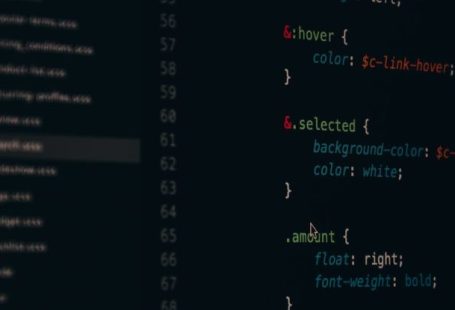The Future of Robotic Automation
Automation has been revolutionizing industries for decades, with robotic automation being at the forefront of this technological advancement. As we look ahead to the future, the role of robots in automation is set to expand and evolve in ways that will continue to reshape the way we work and live. From manufacturing to healthcare to transportation, the applications of robotic automation are vast and varied, promising increased efficiency, productivity, and innovation. Let’s delve into the future of robotic automation and explore the trends and possibilities that lie ahead.
Enhanced Artificial Intelligence
One of the most significant developments in robotic automation is the integration of advanced artificial intelligence (AI) capabilities. Robots are no longer confined to performing repetitive tasks but are increasingly equipped with AI algorithms that enable them to learn, adapt, and make decisions in real-time. This evolution in AI technology allows robots to handle complex and unpredictable situations with greater efficiency and accuracy, making them indispensable across a wide range of industries.
Collaborative Robots in the Workplace
Collaborative robots, or cobots, are designed to work alongside human employees, complementing their skills and enhancing productivity. Unlike traditional industrial robots that operate in isolation, cobots can perform tasks in close proximity to humans, offering a safer and more efficient working environment. The future of robotic automation will see a greater integration of cobots in various industries, enabling seamless collaboration between humans and machines to achieve optimal results.
Customization and Flexibility
Robotic automation is moving towards greater customization and flexibility to meet the diverse needs of different industries and applications. Robots are being designed to be easily reprogrammable and adaptable, allowing them to perform a wide range of tasks with minimal reconfiguration. This flexibility is crucial in today’s fast-paced and dynamic business landscape, where the ability to quickly adjust to changing requirements is essential for staying competitive.
Internet of Things (IoT) Integration
The integration of robotic automation with the Internet of Things (IoT) is poised to revolutionize the way robots operate and communicate with each other and with other connected devices. By leveraging IoT technologies, robots can collect and share data in real-time, enabling them to work more efficiently and autonomously. This interconnected network of smart devices opens up a world of possibilities for improving collaboration, decision-making, and productivity in robotic automation systems.
Sustainability and Energy Efficiency
As the global focus on sustainability and energy efficiency grows, robotic automation is also evolving to meet these environmental challenges. Manufacturers are developing robots that are more energy-efficient, using advanced materials and technologies to reduce their carbon footprint. Additionally, robotic automation is enabling companies to optimize their processes and reduce waste, contributing to a more sustainable and eco-friendly future.
Augmented Reality and Virtual Reality
The integration of augmented reality (AR) and virtual reality (VR) technologies with robotic automation is set to transform the way humans interact with robots and the environment around them. AR and VR can provide operators with real-time data and visualizations, allowing them to control robots more effectively and troubleshoot issues remotely. This enhanced level of connectivity and control will revolutionize the way robotic automation systems are monitored and managed, paving the way for more efficient and reliable operations.
Empowering the Workforce
Contrary to popular belief, robotic automation is not about replacing human workers but empowering them to focus on more strategic and creative tasks. By automating repetitive and mundane jobs, robots free up human employees to engage in higher-value activities that require critical thinking and problem-solving skills. The future of robotic automation lies in creating a harmonious balance between man and machine, where each complements the other to drive innovation and productivity.
Innovations in Human-Robot Interaction
The future of robotic automation will witness a surge in innovations in human-robot interaction, making it easier for humans to communicate with and control robots. From voice commands to gesture recognition to haptic feedback, these advancements will enhance the user experience and make it more intuitive for operators to interact with robots. As robots become more integrated into our daily lives, seamless and natural interactions will be key to maximizing their potential and ensuring widespread adoption.
The Road Ahead for Robotic Automation
As we stand on the cusp of a new era of robotic automation, the possibilities for innovation and growth are endless. With advancements in AI, collaborative robotics, customization, IoT integration, sustainability, AR/VR technologies, workforce empowerment, and human-robot interaction, the future of robotic automation is bright and full of potential. By embracing these trends and developments, businesses can unlock new opportunities for efficiency, productivity, and competitiveness in the ever-evolving landscape of automation. The road ahead for robotic automation is paved with promise, and it is up to us to harness the power of technology to shape a future where man and machine work together seamlessly towards a common goal.





